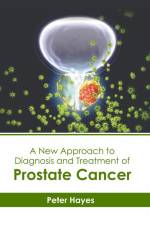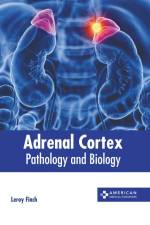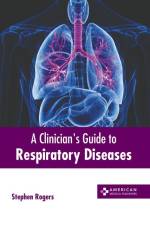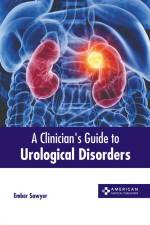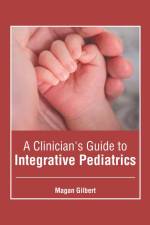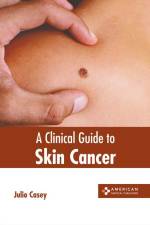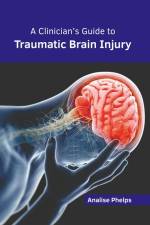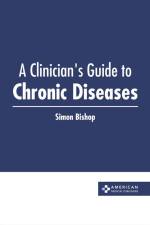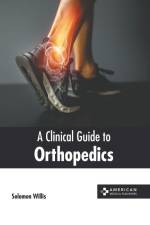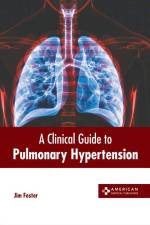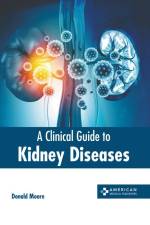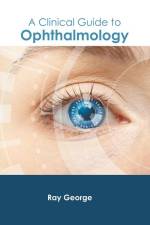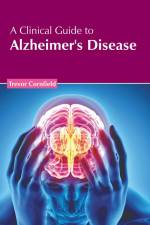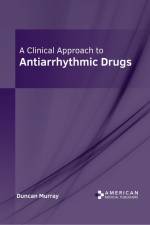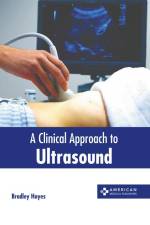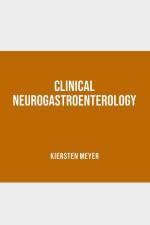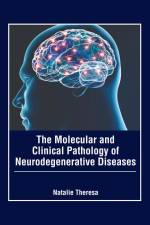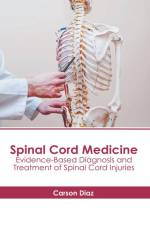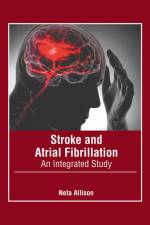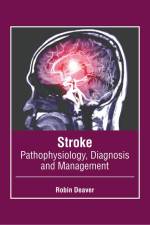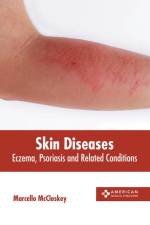av Christopher Schneider
1 785,-
Anorexia nervosa refers to a mental health disorder where a person restricts food intake intentionally due to an intense fear of weight gain. The common symptoms of anorexia nervosa are constipation, hair loss, infertility, brittle nails, dry skin, abnormal heart rhythms, and low blood pressure. It can be caused due to multiple factors, such as genetics, trauma, environment, peer pressure and emotional health. There are several complications associated with this eating disorder including depression, anxiety disorders, borderline personality disorders, obsessive-compulsive disorder and substance use disorders. The diagnosis of anorexia nervosa is comprised of tests such as liver function tests, kidney function tests, urinalysis, bone density tests and complete blood count test. A combination of various methods, such as psychotherapy, medication, nutrition counseling, and hospitalization may be needed for the treatment of anorexia nervosa. This book includes some of the vital pieces of work being conducted across the world, on various topics related to anorexia nervosa. With state-of-the-art inputs by acclaimed experts of this field, it targets students and professionals.


